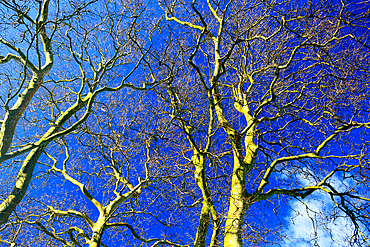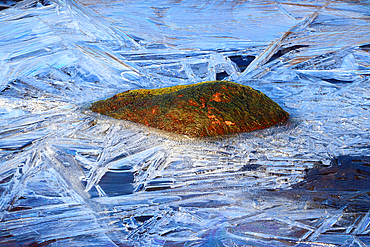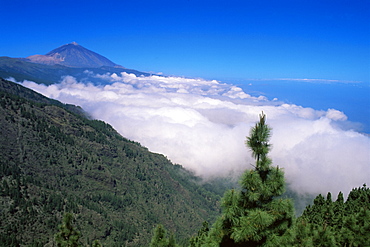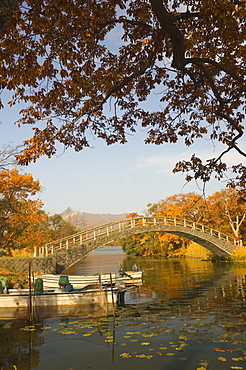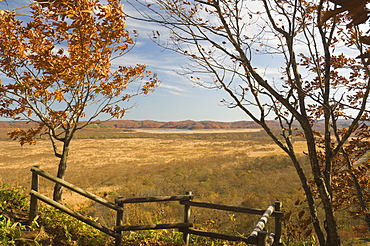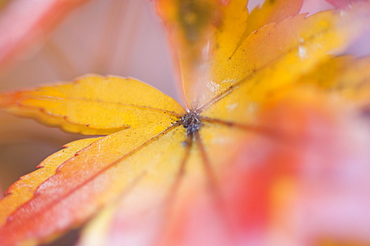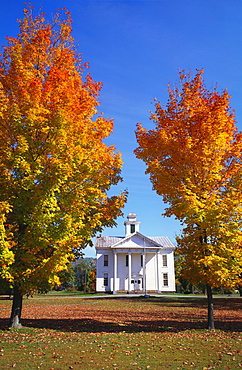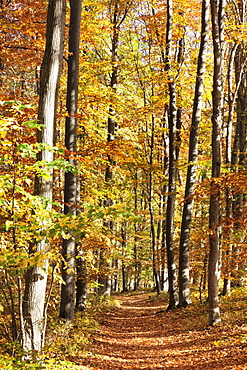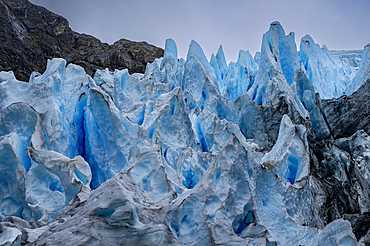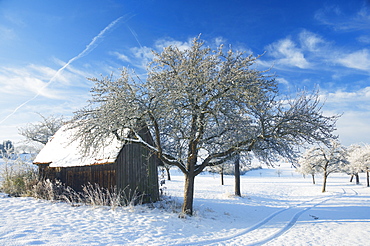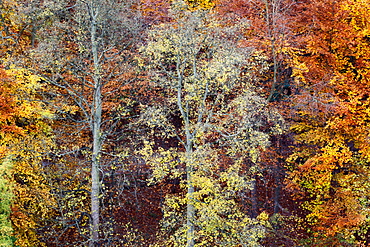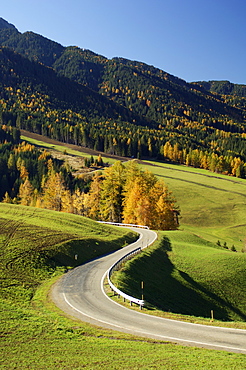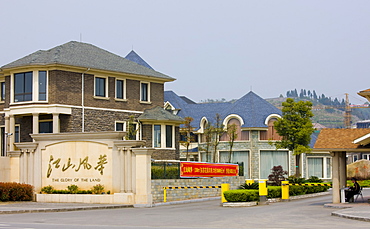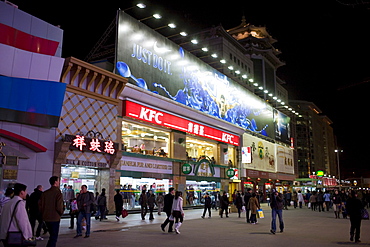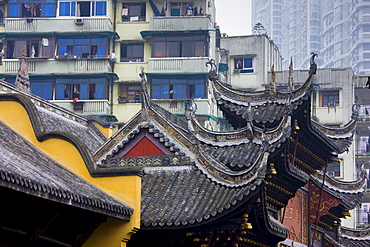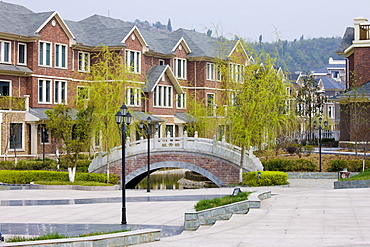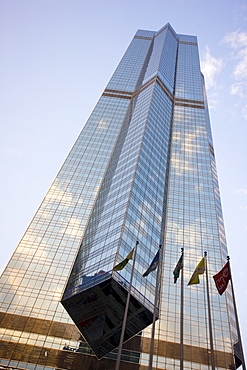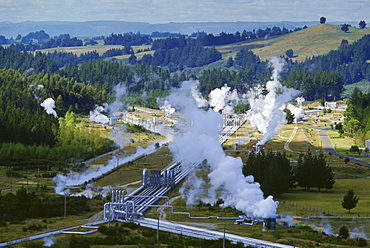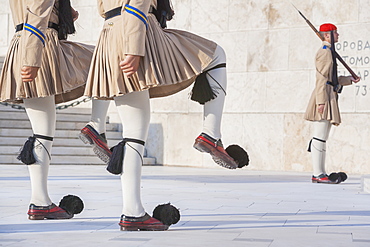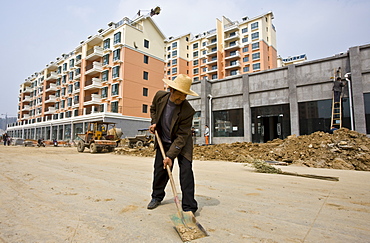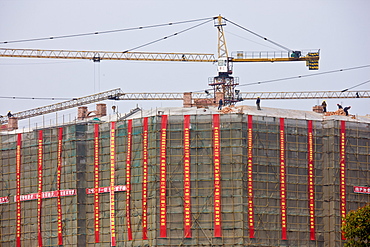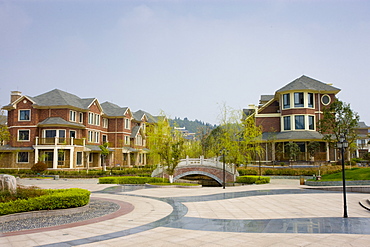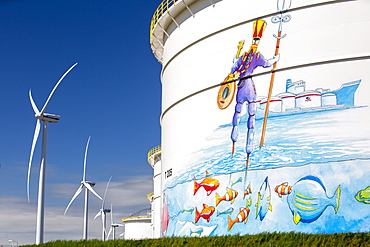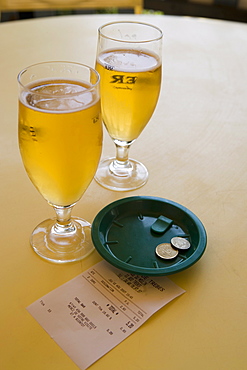Results
« Previous 1 2 3 4
359 results found
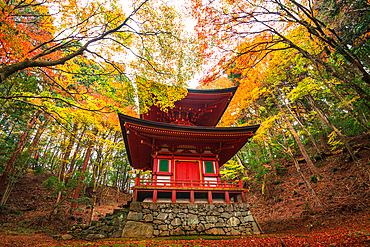
Nemoto Nyoho Shinto Pagoda on sacred Mount Hiei (Hiei San), Konpon-nyoho-Tower, Hieizan Enryaku-ji Temple, Yokawa, Honshu, Japan
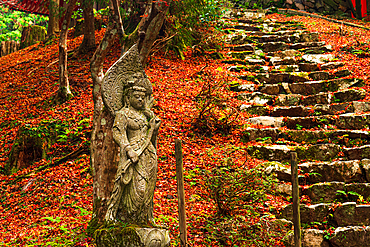
Stone statue, autumn leaves on staircase, sacred Mount Hiei (Hiei San), Konpon-nyoho-Tower, Hieizan Enryaku-ji Temple, Yokawa, Honshu, Japan

Surroundings of the village of Tighza under a thin layer of snow, Ounila River valley, Ouarzazate Province, region of Draa-Tafilalet, Morocco
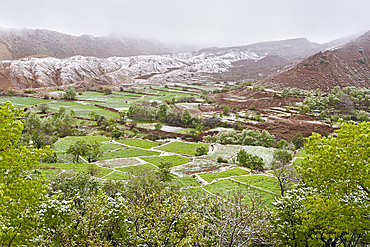
Surroundings of the village of Tighza under a thin layer of snow, Ounila River valley, Ouarzazate Province, region of Draa-Tafilalet, Morocco
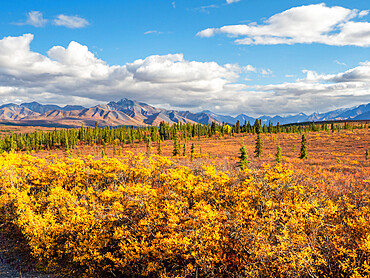
Fall color change amongst the trees and shrubs in Denali National Park, Alaska, United States of America, North America

Conciergerie, the prison used during the French Revolution, and the Pont au Change over the River Seine at dawn, Paris, France, Europe
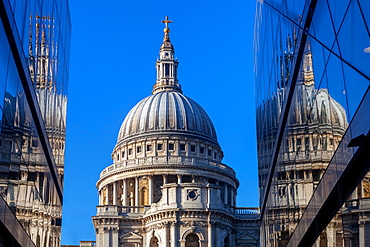
St. Paul's Cathedral viewed from One New Change in the City of London, London, England, United Kingdom, Europe
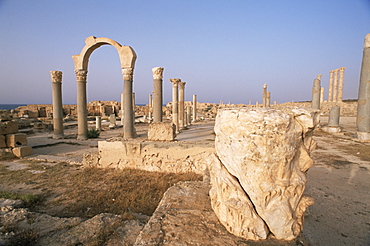
Curia Gate, Sabrata (Sabratha), UNESCO World Heritage Site, Tripolitania, Libya, North Africa, Africa
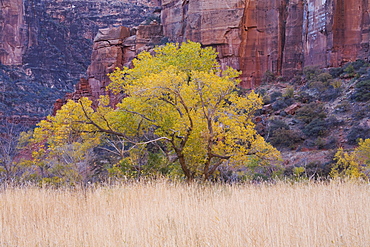
Cottonwood tree and reeds, Zion National Park in autumn, Utah, United States of America, North America
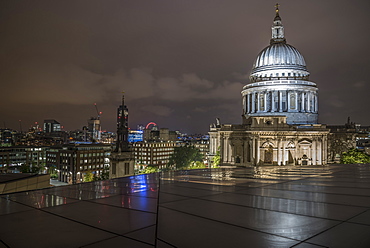
Floodlit dome of St. Pauls Cathedral at night from One New Change, City of London, London, England, United Kingdom, Europe

Skyline of London seen from One New Change, City of London with One Blackfriars at the Bank side, London, England, United Kingdom, Europe

A view of the London skyline and St. Paul's Cathedral from the roof terrace at One New Change, London, England, United Kingdom, Europe

Conciergerie, the prison used during the French Revolution, and the Pont au Change over the River Seine at dawn, Paris, France, Europe
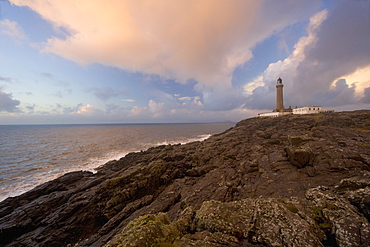
Ardnamurchan Lighthouse, at the westernmost point of the British mainland, west coast, Scotland, United Kingdom, Europe

Conciergerie, the prison used during the French Revolution, and the Pont au Change over the River Seine at dawn, Paris, France, Europe
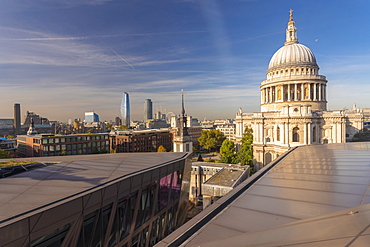
Skyline of London seen from One New Change, City of London with St. Paul's Cathedral seen from above, London, England, United Kingdom, Europe
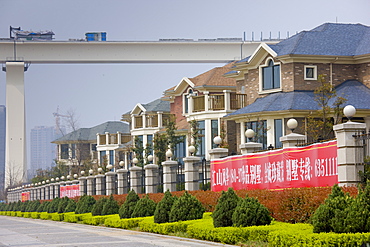
Western-style newly built modern river front housing development by railway bridge in Yichang, China

Starbucks coffee shop, American influence, alongside Chinese street signs in Yu Garden Bazaar Market, Shanghai, China
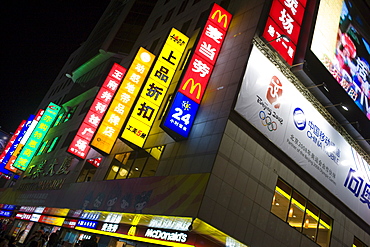
McDonalds fastfood restaurant with advertising alongside Chinese companies on Wangfujing Street, Beijing, China

Climate change heaven and hell, wind turbines next to a coal importing business on the docks in Amsterdam, Netherlands, Europe
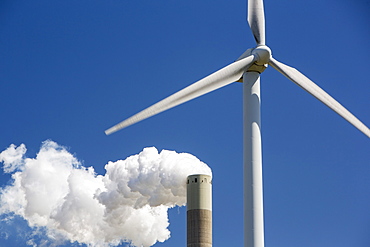
Climate change heaven and hell of a wind turbine with emissions from a coal fired power station in Amsterdam, Netherlands, Europe
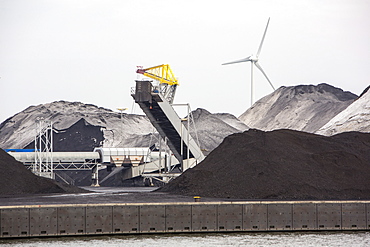
Climate change heaven and hell, wind turbines next to a coal importing business on the docks in Amsterdam, Netherlands, Europe
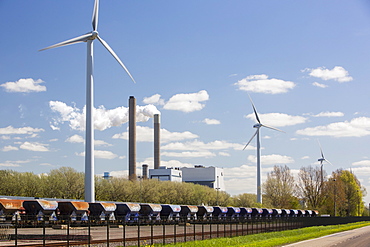
Climate change heaven and hell of a wind turbine with emissions from a coal fired power station in Amsterdam, Netherlands, Europe
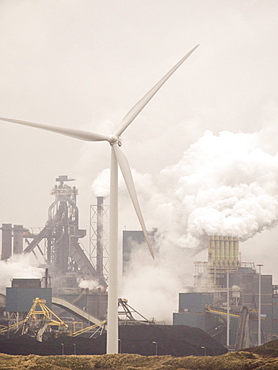
Climate change heaven and hell, emissions from a Tata steel works in Ijmuiden, with a wind turbine, Netherlands, Europe
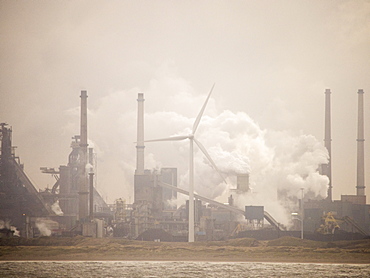
Climate change heaven and hell, emissions from a Tata steel works in Ijmuiden, with a wind turbine, Netherlands, Europe
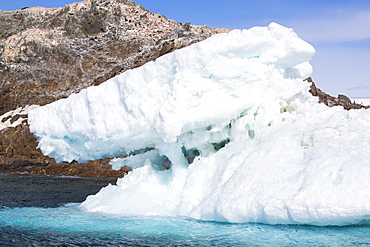
Guano in an Adelie Penguin, Pygoscelis adeliae, colony at Madder Cliffs, Suspiros Bay, at the west end of Joinville Island, Antarctica. Adelie's are a true Antarctic species which are suffering as a result of climate change, The Antarctic Peninsular, their only breeding grounds, is one of the fastest warming areas on the planet. This is causing Adelies to migrate south. They are reducing in numbers, they feed almost exclusively on Krill, which is also declining as a result of climate change.
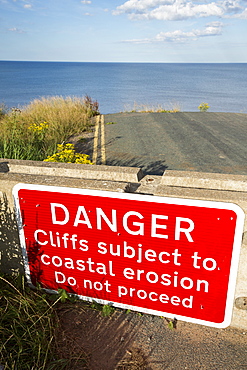
A collapsed coastal road near Skipsea on Yorkshires East Coast, UK. The coast is composed of soft boulder clays, very vulnerable to coastal erosion. This sectiion of coast has been eroding since Roman times, with many villages having disappeared into the sea, and is the fastest eroding coast in Europe. Climate change is speeding up the erosion, with sea level rise, increased stormy weather and increased heavy rainfall events, all playing their part.

CAMBODIA Grandmother and baby in hammock. Don Tok village, Kampot, lies beside a river estuary and is often flooded by sea water, a consequence of climate change during the last few years. CRS is studying the problem through its partner agency, SCW (Save Cambodian Wildlife). These people have to endure the inconvenience of daily flooding around their homes. photo by Sean Sprague
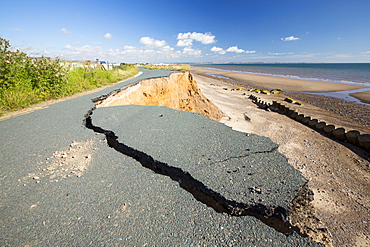
A collapsed coastal road at between Skipsea and Ulrome on Yorkshires East Coast, near Skipsea, UK. The coast is composed of soft boulder clays, very vulnerable to coastal erosion. This sectiion of coast has been eroding since Roman times, with many villages having disappeared into the sea, and is the fastest eroding coast in Europe. Climate change is speeding up the erosion, with sea level rise, increased stormy weather and increased heavy rainfall events, all palying their part.
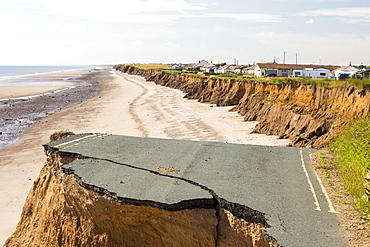
A collapsed coastal road at between Skipsea and Ulrome on Yorkshires East Coast, near Skipsea, UK. The coast is composed of soft boulder clays, very vulnerable to coastal erosion. This sectiion of coast has been eroding since Roman times, with many villages having disappeared into the sea, and is the fastest eroding coast in Europe. Climate change is speeding up the erosion, with sea level rise, increased stormy weather and increased heavy rainfall events, all palying their part.
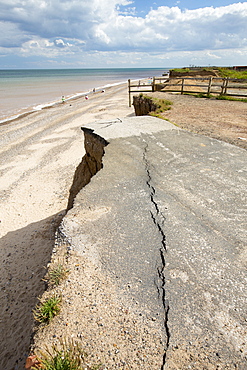
A collapsed coastal road at Easingotn on Yorkshires East Coast, near Skipsea, UK. The coast is composed of soft boulder clays, very vulnerable to coastal erosion. This sectiion of coast has been eroding since Roman times, with many villages having disappeared into the sea, and is the fastest eroding coast in Europe. Climate change is speeding up the erosion, with sea level rise, increased stormy weather and increased heavy rainfall events, all palying their part.
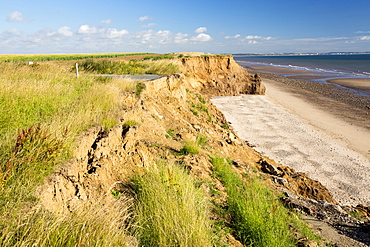
A collapsed coastal road at near Aldbrough on Yorkshires East Coast, near Skipsea, UK. The coast is composed of soft boulder clays, very vulnerable to coastal erosion. This sectiion of coast has been eroding since Roman times, with many villages having disappeared into the sea, and is the fastest eroding coast in Europe. Climate change is speeding up the erosion, with sea level rise, increased stormy weather and increased heavy rainfall events, all palying their part.
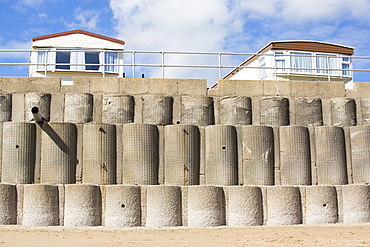
Concrete sea defences at Beach Bank Caravan Park in Ulrome near Skipsea on Yorkshires East Coast, UK. The coast is composed of soft boulder clays, very vulnerable to coastal erosion. This section of coast has been eroding since Roman times, with many villages having disappeared into the sea, and is the fastest eroding coast in Europe. Climate change is speeding up the erosion, with sea level rise, increased stormy weather and increased heavy rainfall events, all playing their part.
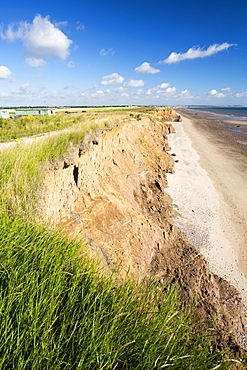
A collapsed coastal road at between Skipsea and Ulrome on Yorkshires East Coast, near Skipsea, UK. The coast is composed of soft boulder clays, very vulnerable to coastal erosion. This sectiion of coast has been eroding since Roman times, with many villages having disappeared into the sea, and is the fastest eroding coast in Europe. Climate change is speeding up the erosion, with sea level rise, increased stormy weather and increased heavy rainfall events, all palying their part.
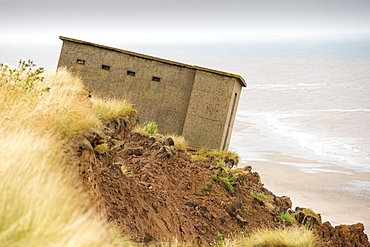
A Second world War lookout post leaning alarmingly and about to tumble over the edge of the cliff near Aldbrough on Yorkshires East Coast, UK. The coast is composed of soft boulder clays, very vulnerable to coastal erosion. This section of coast has been eroding since Roman times, with many villages having disappeared into the sea, and is the fastest eroding coast in Europe. Climate change is speeding up the erosion, with sea level rise, increased stormy weather and increased heavy rainfall events, all playing their part.
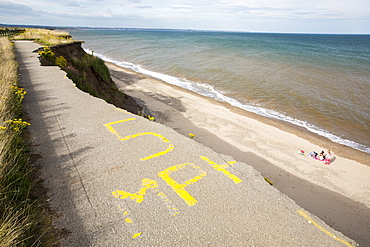
A collapsed coastal road at Barmston on Yorkshires East Coast, near Skipsea, UK. The coast is composed of soft boulder clays, very vulnerable to coastal erosion. This sectiion of coast has been eroding since Roman times, with many villages having disappeared into the sea, and is the fastest eroding coast in Europe. Climate change is speeding up the erosion, with sea level rise, increased stormy weather and increased heavy rainfall events, all palying their part.
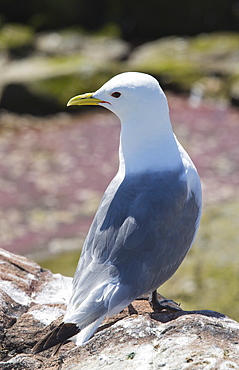
A Kittiwake, Rissa tridactyla, on the Farne Islands, Northumberland, UK, next to a pool with red algae. Kittiwakes have declined drastically due to climate change causing their main fish prey species to migrate further north to find cooler sea temperatures.
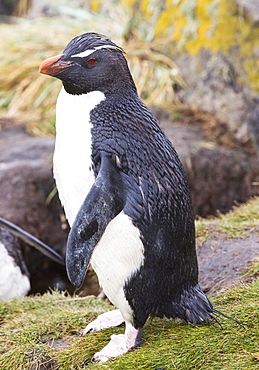
Rockhopper Penguins (Eudyptes chrysocome) washing in a stream on Westpoint island in the Falkland Islands off argentina, in South America. Numbers off rocxkhoppers have declined substantially, partly due to competition with commercial fishing and partly due to climate change, which causes their prey food to migrate to cooler waters.
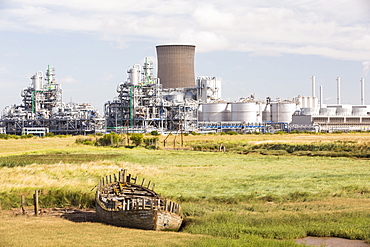
A BP chemical plant at salt End on Humberside which produces Acetic Acid and a gas fired power station It is vulnerable to coastal flooding, and although sea defences were constructed some years ago, climate change driven sea level rise and increased stromy weather, leaves it vulnerable to inundation.
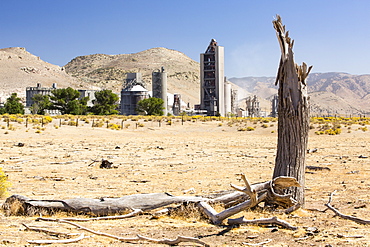
A cement works at Tehachapi Pass California, USA, with drought killed trees in the foreground. Cement production is one of the most carbon hungry industries on the planet, driving climate change and leading to drought.

The Thames barrier on the River Thames in London. It was constructed to protect the capital city from storm surge flooding. Recent predictions show it will probably be redundant in around twenty years due to increased stormy weather and sea level rise driven by climate change.

The Thames barrier on the River Thames in London. It was constructed to protect the capital city from storm surge flooding. Recent predictions show it will probably be redundant in around twenty years due to increased stormy weather and sea level rise driven by climate change.
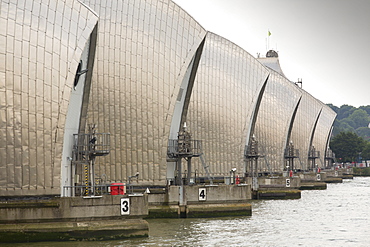
The Thames barrier on the River Thames in London. It was constructed to protect the capital city from storm surge flooding. Recent predictions show it will probably be redundant in around twenty years due to increased stormy weather and sea level rise driven by climate change.
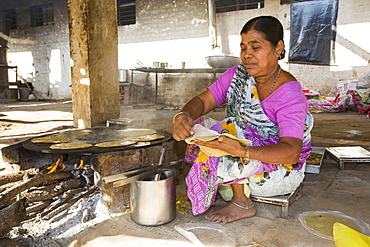
The Muni Seva Ashram in Goraj, near Vadodara, India, is a tranquil haven of humanitarian care. The Ashram is hugely sustainable, next year it will be completely carbon neutral. Its first solar panels were installed in 1984, long before climate change was on anyones agenda. Their energy is provided from solar panels, and wood grown on the estate. Waste food and animal manure is turned inot biogas to run the estates cars and also used for cooking. Solar cookers are also used, and the air conditioning for the hospital is solar run. 70 % of the food used is grown on the estate. They provide an orphanage, schools for all ages, vocational training, care for the elderly, a specialist cancer hospital withstate of the art machinary, and even have a solar crematorium. This shot shows a cook preparing chapatis on a biofuel stove.
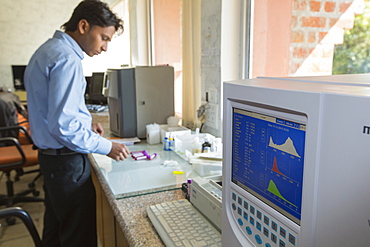
The Muni Seva Ashram in Goraj, near Vadodara, India, is a tranquil haven of humanitarian care. The Ashram is hugely sustainable, next year it will be completely carbon neutral. Its first solar panels were installed in 1984, long before climate change was on anyones agenda. Their energy is provided from solar panels, and wood grown on the estate. Waste food and animal manure is turned inot biogas to run the estates cars and also used for cooking. Solar cookers are also used, and the air conditioning for the hospital is solar run. 70 % of the food used is grown on the estate. They provide an orphanage, schools for all ages, vocational training, care for the elderly, a specialist cancer hospital withstate of the art machinary, and even have a solar crematorium. This shot shows a Hematology Analyzer for analyzing blood in one of the labs in the specialist cancer hospital.
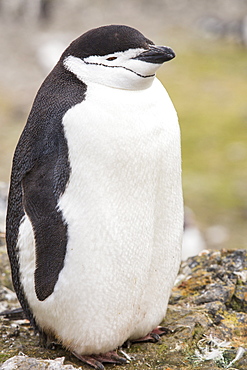
A Chinstrap Penguin, Pygoscelis antarctica, at Hannah Point on Livingston Island in the South Shetland Islands, Antarctic. Behind the penguin is lots of greenery, plants that are expanding as the Antarctic Peninsular warms as a result of climate change,
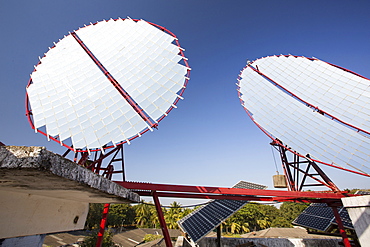
The Muni Seva Ashram in Goraj, near Vadodara, India, is a tranquil haven of humanitarian care. The Ashram is hugely sustainable, next year it will be completely carbon neutral. Its first solar panels were installed in 1984, long before climate change was on anyones agenda. Their energy is provided from solar panels, and wood grown on the estate. Waste food and animal manure is turned inot biogas to run the estates cars and also used for cooking. Solar cookers are also used, and the air conditioning for the hospital is solar run. 70 % of the food used is grown on the estate. They provide an orphanage, schools for all ages, vocational training, care for the elderly, a specialist cancer hospital withstate of the art machinary, and even have a solar crematorium. This shot shows solar panels that focus the suns rays on heat exchangers to boil oil, which is then sent down to the kitchens below to heat the cookers.
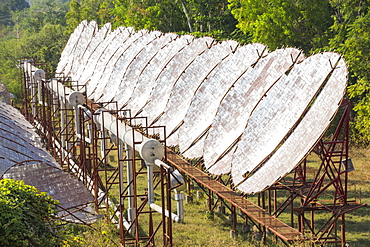
The Muni Seva Ashram in Goraj, near Vadodara, India, is a tranquil haven of humanitarian care. The Ashram is hugely sustainable, next year it will be completely carbon neutral. Its first solar panels were installed in 1984, long before climate change was on anyones agenda. Their energy is provided from solar panels, and wood grown on the estate. Waste food and animal manure is turned inot biogas to run the estates cars and also used for cooking. Solar cookers are also used, and the air conditioning for the hospital is solar run. 70 % of the food used is grown on the estate. They provide an orphanage, schools for all ages, vocational training, care for the elderly, a specialist cancer hospital withstate of the art machinary, and even have a solar crematorium. This shot shows the solar air conditioning for the Ashram's hospital.
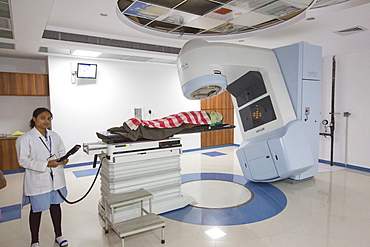
The Muni Seva Ashram in Goraj, near Vadodara, India, is a tranquil haven of humanitarian care. The Ashram is hugely sustainable, next year it will be completely carbon neutral. Its first solar panels were installed in 1984, long before climate change was on anyones agenda. Their energy is provided from solar panels, and wood grown on the estate. Waste food and animal manure is turned inot biogas to run the estates cars and also used for cooking. Solar cookers are also used, and the air conditioning for the hospital is solar run. 70 % of the food used is grown on the estate. They provide an orphanage, schools for all ages, vocational training, care for the elderly, a specialist cancer hospital withstate of the art machinary, and even have a solar crematorium. This shot shows a Varian nuclear proton therapy machine in the specialist cancer hospital.
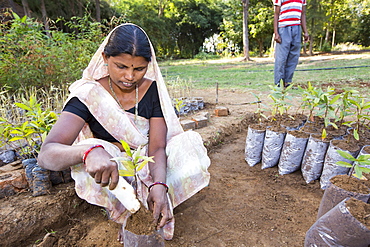
The Muni Seva Ashram in Goraj, near Vadodara, India, is a tranquil haven of humanitarian care. The Ashram is hugely sustainable, next year it will be completely carbon neutral. Its first solar panels were installed in 1984, long before climate change was on anyones agenda. Their energy is provided from solar panels, and wood grown on the estate. Waste food and animal manure is turned inot biogas to run the estates cars and also used for cooking. Solar cookers are also used, and the air conditioning for the hospital is solar run. 70 % of the food used is grown on the estate. They provide an orphanage, schools for all ages, vocational training, care for the elderly, a specialist cancer hospital withstate of the art machinary, and even have a solar crematorium. This shot shows a woman planting trees for onward growth in the Ashrams forests.

The Muni Seva Ashram in Goraj, near Vadodara, India, is a tranquil haven of humanitarian care. The Ashram is hugely sustainable, next year it will be completely carbon neutral. Its first solar panels were installed in 1984, long before climate change was on anyones agenda. Their energy is provided from solar panels, and wood grown on the estate. Waste food and animal manure is turned inot biogas to run the estates cars and also used for cooking. Solar cookers are also used, and the air conditioning for the hospital is solar run. 70 % of the food used is grown on the estate. They provide an orphanage, schools for all ages, vocational training, care for the elderly, a specialist cancer hospital withstate of the art machinary, and even have a solar crematorium. This shot shows the girls school.
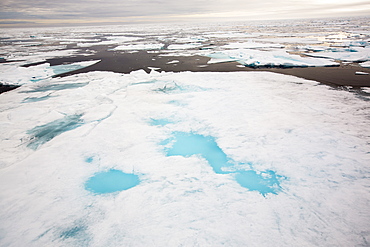
Rotten sea ice at over 80 degrees North off the north coast of Svalbard. Climate change is causing sea ice to retreat rapidly. The latest science predicts that the Arctic will be completely ice free in the summer around 2054. The sea ice broke up very early around Svalbard in 2013.
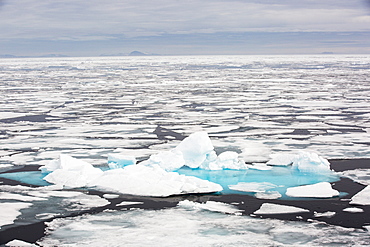
Rotten sea ice at over 80 degrees North off the north coast of Svalbard. Climate change is causing sea ice to retreat rapidly. The latest science predicts that the Arctic will be completely ice free in the summer around 2054. The sea ice broke up very early around Svalbard in 2013.
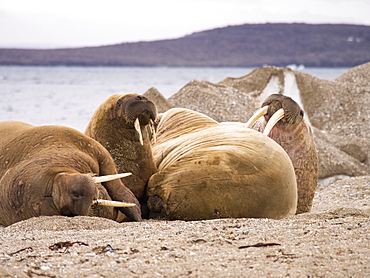
Walrus (Odobenus rosmarus) off a beach in northern Svalbard, once hunted to near extinction they are now recovering, only to be affected by climate change which reduces the sea ice they like to haul out on.
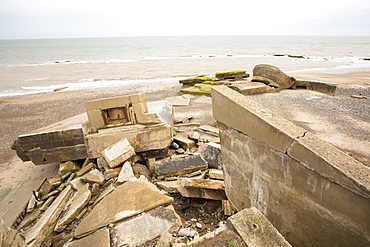
The Remains of the Godwin battery on the beach at Kilnsea at the head of Spurn point on Yorkshires East Coast, UK. Initially constructed during the First World War, the Godwin Battery was added to during the Second World War. It comprised of gun emplacements, search light, barracks, officers’ mess, and a hospital. This section of coastline is the fastest eroding coastline in Europe. The soft boulder clay cliffs are easily eroded and have been eroding since Roman Times, but recently the climate change impacts of increased stormy weather, increased heavy rainfall events and sea level rise have accelerated the rate of erosion. The average rate of attrition is 1.5metres per year, last year it was 5 metres.
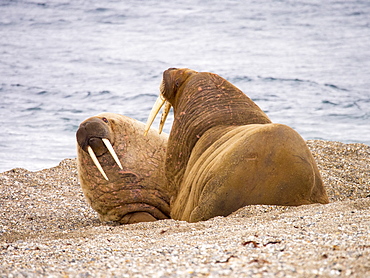
Walrus (Odobenus rosmarus) off a beach in northern Svalbard, once hunted to near extinction they are now recovering, only to be affected by climate change which reduces the sea ice they like to haul out on.
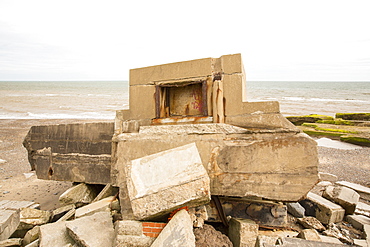
The Remains of the Godwin battery on the beach at Kilnsea at the head of Spurn point on Yorkshires East Coast, UK. Initially constructed during the First World War, the Godwin Battery was added to during the Second World War. It comprised of gun emplacements, search light, barracks, officers’ mess, and a hospital. This section of coastline is the fastest eroding coastline in Europe. The soft boulder clay cliffs are easily eroded and have been eroding since Roman Times, but recently the climate change impacts of increased stormy weather, increased heavy rainfall events and sea level rise have accelerated the rate of erosion. The average rate of attrition is 1.5metres per year, last year it was 5 metres.
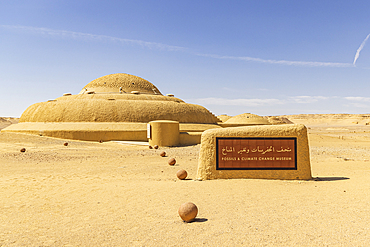
Wadi al Hitan, Faiyum, Egypt. February 20, 2022. Fossil and climate change museum at Wadi el-Hitan paleontological site.
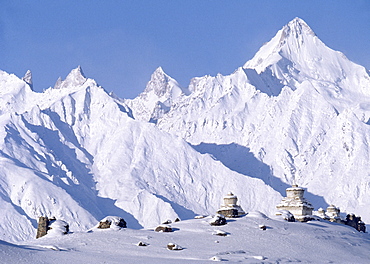
Zanskar, karsha with mountains chortens. Awareness of impermanence change is a primary element in turning mind toward liberation. Because things impermanent, faults be transcended perfections achieved
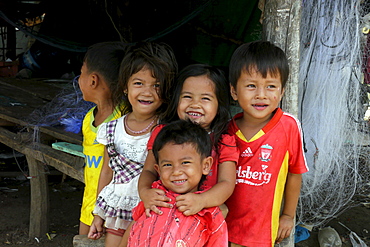
CAMBODIA Group of children. Don Tok village, Kampot, lies beside a river estuary and is often flooded by sea water, a consequence of climate change during the last few years. CRS is studying the problem through its partner agency, SCW (Save Cambodian Wildlife). Local children and families who are being affected by local flooding. photo by Sean Sprague

